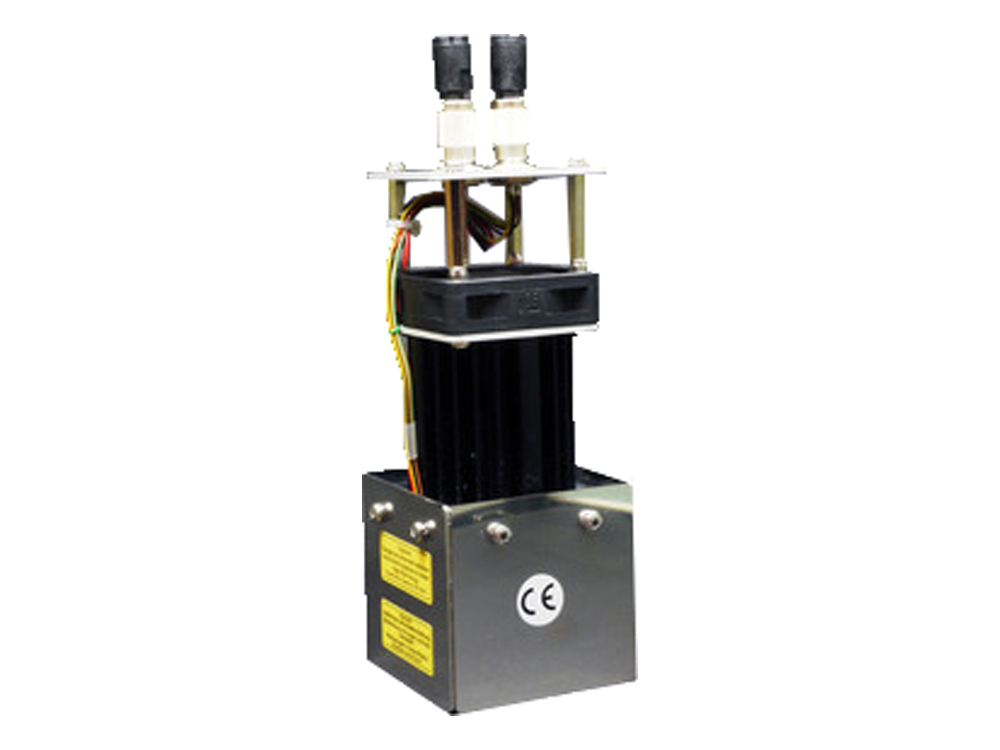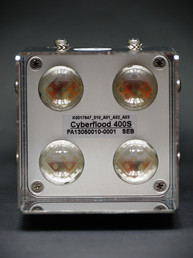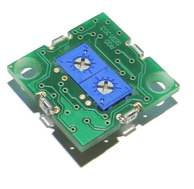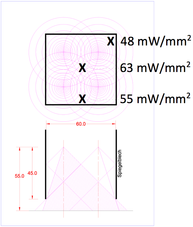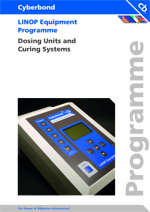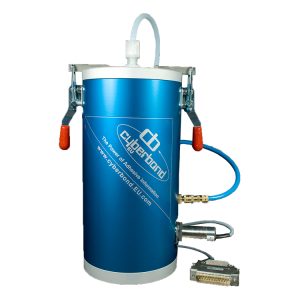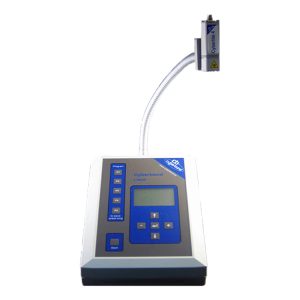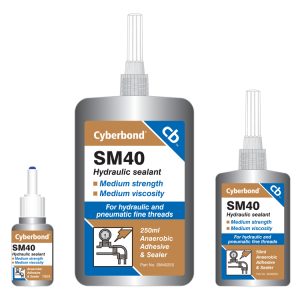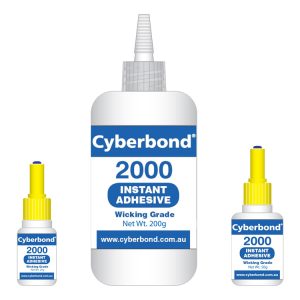Description
LINOP CyberFlood 400 S
The CyberFlood 400 S consists of 4 cluster LED lamps with 10 watt each (there are 9 light chips per lamp) and works at a wavelength of 395 nm. Each cluster LED is covered by an aspheric condenser lens. The light which is going to the outside is reflected by the side mirrors so that it is equally distributed.
There is no problem to combine several CyberFlood 400 S lamps with each other. Therefore you dismantle the wanted mirror. Due to the aspheric lenses the respective light irradiations interlock and guarantee a very steady illumination of the area (see picture above).
The CyberFlood 400 S is controlled by a LINOP U 400 unit. A LINOP U 400 is able to run 2 CyberFlood 400 S lamps in maximum. The LINOP U 400 is equipped with a serial interface in order to guarantee a perfect integration into a PLC controlled production process. By means of the LINOP U 400 you can mainly release time impulses.
The described combination (LINOP U 400 and CyberFlood 400 S) illuminates an area of about 60 x 60 mm from a distance of about 55 mm. The intensity of light is about 60 mW/cm2.
Distribution of light intensity; area 60 x 60 mm; distance 55 mm.
This intensity doesn’t sound too impressive, but it is. Take into consideration that a LED lamp just emits relevant light (e.g. 395 nm). Also, it is true that the electronic produces heat, not so the source of LED light itself. But this heat is a problem of the traditional lamps and ends in an enormous loss of energy. For this reason a LED lamp needs much less energy than traditional lamps, by guaranteeing similar results.
Nevertheless the CyberFlood 400 S has got a temperature sensor in order to stop the system when heat becomes too high. Again, LED light is a cold light which allows illuminating heat sensitive parts, but the electronic itself develops heat. For this reason you find water cooled or similar systems in the market, which are relatively complex and expensive. We decided to go a different way. We designed a cooling rip construction which is also equipped with a small cooling fan (30 db). The whole system comes out quite compact and the emitted temperature will not exceed 35 °C.
Also the CyberFlood 400 S is equipped with sensors which indicate, if the emitted light is not sufficient. This guarantees a constant production control.
One item has to be considered by the use of LED technology as a floodlight. You get just optimal results, when the process is clocked. You should avoid a permanent switching on of the light to illuminate e.g. a tunnel equipped with a conveyer belt. You reach more efficiency and a longer work life with the LED lamp, if the LED is clocked for the time of curing the adhesive. This constant switching on and off does not damage the lamp at all.
The CyberFlood 400 S is a great and compact unit equipped with advanced LED and lens technology.
It weighs only about 450 g, the dimensions are about: 116 mm x 64 mm x 64 mm.
The general advantages of LED technology are described as following:
- Very long service life of the lamp (> 10.000 hours)
- Switching the lamp on and off does not negatively influence it’s long life expectancy
- Instant UV light emission at the rated value when switched on
- LED light does not generate heat or ozone/air ionization
- Minimal power consumption
Potential Dangers

UV LED lights are classified according to EN 62471: 2008 (photo-biological safety of lights and light systems). There are differences between the classification of visible and UV- light concerning the wave lengths compared to DIN 5031, chapter 7 (see chapter UV- and light-curing adhesives, point 2). DIN 5031 defines UV light from 100 to 380 nm whereas EN 62471 determines the range between 100 to 400 nm. This is due to the fact that the biological and the dermatological effect of UV light on eyes and skin is judged very strictly. Cyberlite4 lamp partly emits UVA light (according to EN norm), as its spectrum is between 380 nm to 440 nm. Therefore, to protect oneself against this light, suitable protective equipment should always be used.
According to EN 62471 the CyberFlood 400 S is classified as: at-risk-group 3 with the additional hint: visible and invisible LED radiation. Exposure to eye and skin by stray radiation must be avoided! Read operating instructions carefully! Additionally, a UV symbol is affixed. Short-wave light such as UVB or UVC is not released.

